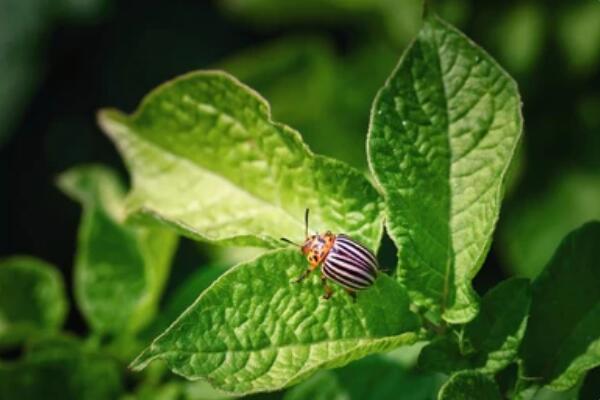
Leptinotarsa decemlineata belongs to the Chrysomelidae family of Coleoptera, is a globally important quarantine pest, and is ranked as one of the most dangerous invasive pests in the world. Leptinotarsa decemlineata has four insect stages, including egg, larva, pupa, and adult, and is characterized by rapid reproduction, high resistance, multiple transmission routes, and rapid transmission speed, which leads to increased difficulty in monitoring, prevention, and control of Leptinotarsa decemlineata. The feeding capacity of Leptinotarsa decemlineata larvae increases significantly with age, and its damage includes a wide range of Solanaceae plants, capable of causing devastating damage to crops.
The CRISPR/Cas9 system is an efficient genome editing technology that can be used to study insect biology and may lead to better environmentally friendly management strategies for the pest Leptinotarsa decemlineata. Lifeasible provides Leptinotarsa decemlineata gene editing services based on CRISPR/Cas9 technology to help you control the damage caused by Leptinotarsa decemlineata and reduce crop losses.
| Editable genes | Relevant traits exhibited after editing |
| vest | This gene is a degenerate gene related to wing development. Individuals with mutations in the vest gene have a distinct phenotype that develops to adulthood without the formation of hindwing and elytron. |
| TSC1, TSC2 | This gene affects the growth development and glycolipid metabolism of Leptinotarsa decemlineata larvae. Knockout can result in a mutant phenotype with suppressed glycolipid metabolism, reduced fat bodies, weight loss, and delayed development. |
In addition, pp1alpha-96a, Rpt3, alpha snap, Srp54k, Rpn6, Rop, Gawky, shi, cact, and inr-a are highly efficient lethal genes for RNA interference. It has some feeding inhibition, pupation inhibition, and lethal activity against Leptinotarsa decemlineata larvae. We can knock them out as key indicators of the lethal effect on Leptinotarsa decemlineata larvae to meet your diverse research needs.

By introducing the toxin gene of Bacillus thuringiensis into common potatoes, Leptinotarsa decemlineata larvae will be fatally struck once they feed on the transgenic potatoes. Thus significantly reducing the use of insecticides and controlling the damage caused by Leptinotarsa decemlineata. However, CRISPR/Cas9 genome editing technology enables Lifeasible to knock out target genes in Leptinotarsa decemlineata by generating mutants that don't express candidate genes so you can follow up with functional studies. This method is useful for mutagenesis studies on important pests like Leptinotarsa decemlineata. Please feel free to contact us for a detailed proposal.